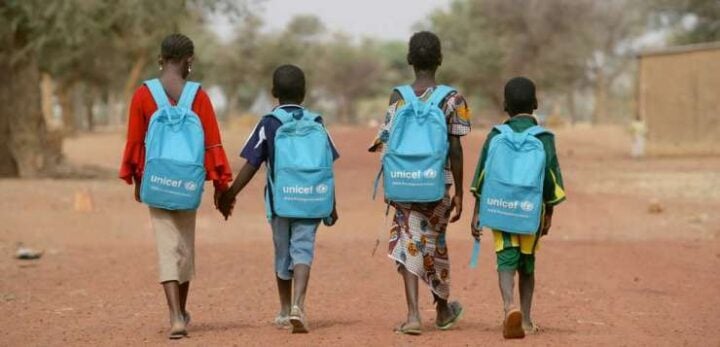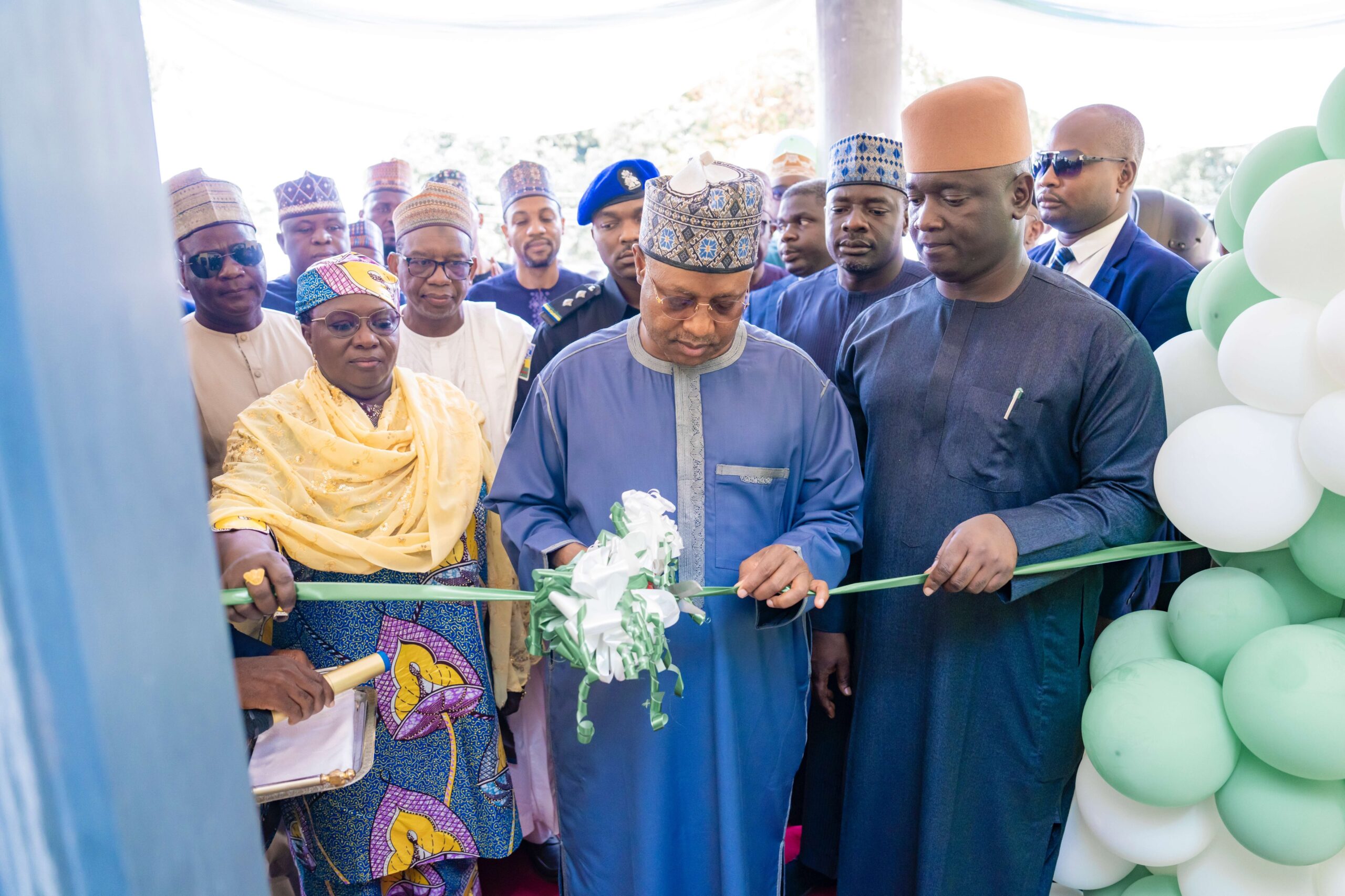UNICEF recently declared Nigeria the country with the world’s highest number of out-of-school children. The number of Out-of-School Children (OOSC) has constantly grown in Nigeria, rising from about 10.5 million in 2013 to about 18.3 million in 2024, despite many efforts to address the situation.
The constant failure of the attempts to solve the OOSC challenge might be pointing to something more fundamental: The current schooling model might not be the best way to address it. Nigerian education evolved into the 6-3-3-4 model in 1982 from the 6-5-4 model in an attempt to make the system better suited for the citizenry’s needs. This was later changed to 9-3-4, an attempt that some education professionals have said made little difference other than making junior secondary school a part of the basic education every child is mandated to have access to.
However, the intractableness of the OOSC challenge begs the question: Is the conventional 6-3-3-4 or 9-3-4 model helping to solve the problem? Or might there be a need to design alternative approaches specifically for OOSC?
One of the many reasons the OOSC issue is particularly challenging is that the longer children stay out of school, the older they get, and the more they grow out of the expected schooling age, especially for elementary schooling. This then makes it further harder to get them back to school. One can imagine that it is easier to reintegrate a 6-year-old back to elementary school than a 13-year-old. The older children get, the harder it becomes to get them back to school for reasons including their declining willingness and interest in education, for understandable reasons. For instance, older OOSCs tend to feel out of place when they have to go back to school with younger colleagues, which lowers the possibility of their retention in school. The reality that the modern world also favours younger, educated people more than older ones in terms of employment and other opportunities can also serve as a further aggravating factor that declines their interest in education. In addition, some schools demonstrate a lower willingness to engage much older kids in classes with younger colleagues of concerns about the possibilities of bullying. The older out-of-school children get, the more the decks are stacked against their chances of returning to school.
Advertisement
There is, therefore, the need for OOSC-specific alternative school models that are tailored to the OOSC needs. One such model is the accelerated learning approach. This is a promising approach, particularly for older out-of-school children between ages 10-18, who might have more sociological challenges adjusting to a conventional school because of their age as compared to their colleagues. These challenges make it difficult for them to finish schooling even when they eventually access basic education, thereby spilling over into the low completion challenge.
The accelerated learning approach can create an alternative education pathway for older out-of-school children to learn at a pace that can be faster than the usual 6 years of primary education by leveraging the knowledge and cognitive maturity they must have acquired informally by being active participants in society. Even if a 14-year-old has never been to school, the socialization he has experienced as a member of the society ensures that he knows something already. Creating a space where these knowledge funds can be maximized to make his elementary school experience faster while being amid other older OOSC like himself can create a resilient community of learners who gets retained in school. This approach has been shown to be useful in addressing OOSC globally.
The accelerated learning approach is already being piloted on smaller scales by local NGOs such as The Destiny Trust, which hosts the Bridge Learning Centre (BLC). BLC provides a 3-year accelerated education programme specifically designed for OOSC that enables over-aged out-of-school children (usually ages 10-18) to acquire basic education, reintegrate into conventional schools at age-appropriate levels, and acquire vocational skills. BLC’s pilot with 44 children in 2021 yielded tremendous results. 15 of the students who graduated from BLC after one year were reintegrated into regular schools at more age-appropriate levels. Sample data from their performance within the regular schools showed that their BLC experience equipped them with a high capacity for adapting to regular schools.
Advertisement
Scaling alternative models like BLC across Nigeria has the potential to be an effective strategy in addressing the rising OOSC challenge. The nation cannot afford the consequences of an ever-increasing young population with no access to education and skills that can make them assets to their communities.
Oluwatoyin is a Doctoral Researcher in STEM Education, Social Impact Leader and Education Policy Advocate. She writes from Nigeria and the United States. She can be reached at [email protected] or on LinkedIn here.
Views expressed by contributors are strictly personal and not of TheCable.
Add a comment







